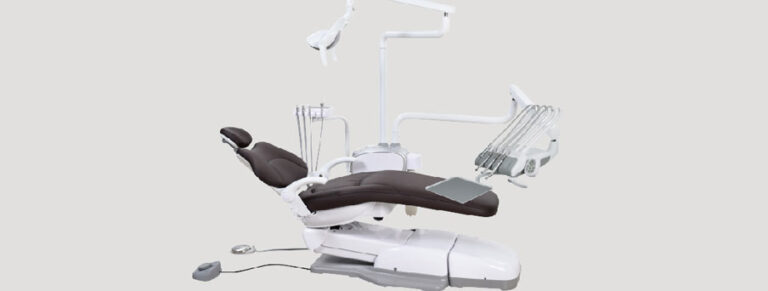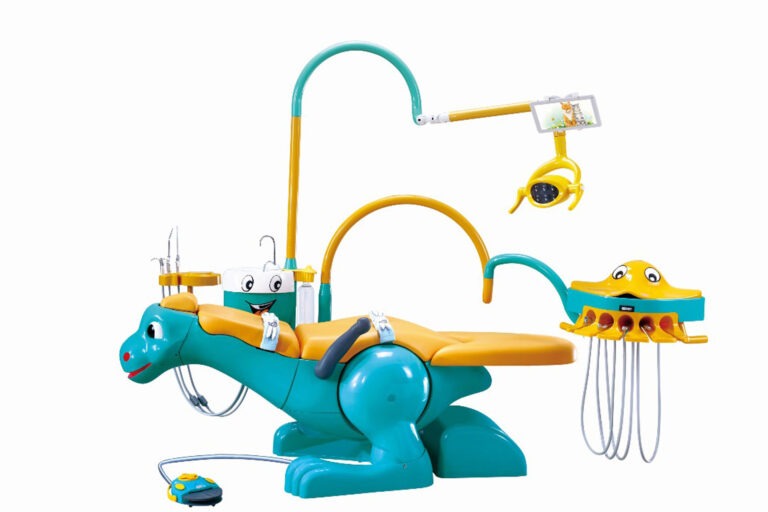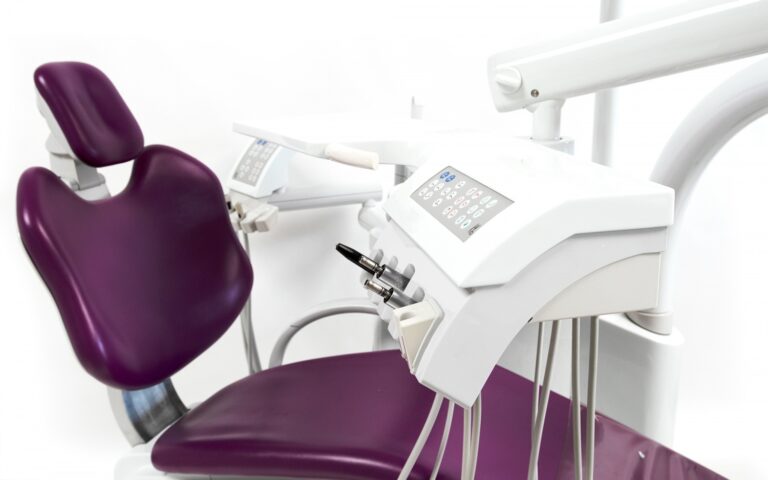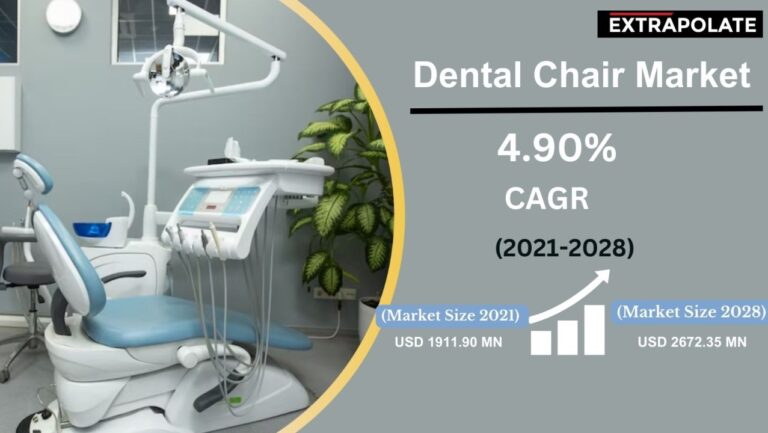In the ever-evolving field of dentistry, dental professionals are constantly seeking ways to enhance patient comfort and optimize treatment outcomes. One crucial aspect that significantly impacts the efficacy of dental procedures is the patient’s positioning during treatment. In recent years, the supine position has gained prominence as a game-changer in dental care, offering numerous benefits for both patients and practitioners. This article delves into the advantages of embracing the supine position and explores how it can revolutionize your dental practice.
Understanding the Supine Position
The supine position, also known as the reclined or lying position, involves the patient lying flat on their back with their head slightly elevated. This positioning allows for optimal access to the oral cavity, enabling dental professionals to perform procedures with greater precision and ease. Compared to the traditional seated position, the supine position offers a more relaxed and comfortable experience for patients, reducing anxiety and promoting a sense of calm throughout the treatment process.
Enhancing Patient Comfort
One of the primary advantages of the supine position is its ability to significantly improve patient comfort. When lying down, patients experience reduced muscle tension and strain, particularly in the neck, shoulders, and back. This relaxed state not only minimizes discomfort during lengthy procedures but also helps patients maintain a stable position, reducing the need for frequent adjustments.
Moreover, the supine position can be especially beneficial for patients with mobility issues, such as the elderly or those with physical disabilities. By eliminating the need to sit upright for extended periods, the supine position accommodates their specific needs and ensures a more comfortable and accessible dental experience.
Improving Ergonomics for Dental Professionals
In addition to enhancing patient comfort, the supine position offers significant ergonomic benefits for dental professionals. Traditional seated dentistry often leads to musculoskeletal disorders and chronic pain due to the repetitive movements and awkward postures required during procedures. By adopting the supine position, dental professionals can maintain a more neutral and balanced body posture, reducing the risk of work-related injuries and fatigue.
The supine position allows for better access to the oral cavity, enabling practitioners to work with greater precision and efficiency. With the patient lying down, dental professionals can easily adjust the height and angle of the dental chair to optimize their view and reach, minimizing the need for excessive bending or stretching. This improved ergonomics not only promotes the well-being of dental professionals but also enhances the quality of care they provide.
Facilitating Advanced Dental Procedures
The supine position opens up new possibilities for advanced dental procedures that may be challenging or impossible to perform in a seated position. For example, complex restorative work, such as placing dental implants or performing full-mouth rehabilitations, often requires extensive time and meticulous attention to detail. The supine position provides the stability and access necessary to execute these procedures with the utmost precision.
Additionally, the supine position is particularly advantageous for sedation dentistry. When patients are sedated, their ability to maintain an upright posture is compromised, making the supine position the safest and most practical option. By ensuring proper positioning and airway management, dental professionals can focus on delivering high-quality care while prioritizing patient safety.
Integrating Technology in Supine Dentistry
The supine position seamlessly integrates with cutting-edge dental technologies, further enhancing treatment efficacy. For instance, the use of intraoral cameras and digital imaging systems becomes more convenient and accurate when patients are lying down. Dental professionals can easily capture high-quality images and videos of the oral cavity, facilitating better diagnosis, treatment planning, and patient education.
Moreover, the supine position is compatible with advanced dental equipment, such as microscopes and lasers. These tools require precise positioning and stability, which the supine position naturally provides. By leveraging these technologies in conjunction with the supine position, dental professionals can achieve unparalleled accuracy and efficiency in their treatments.
Enhancing the Patient Experience
Embracing the supine position not only optimizes treatment outcomes but also elevates the overall patient experience. When patients feel comfortable and relaxed during their dental visits, they are more likely to develop a positive association with dental care. This, in turn, encourages regular check-ups and promotes better oral health habits.
Furthermore, the supine position allows for better communication between patients and dental professionals. When lying down, patients can easily make eye contact with their dentist, fostering a sense of trust and rapport. This open communication channel enables patients to express their concerns and preferences more freely, leading to a more personalized and satisfactory dental experience.
Implementing the Supine Position in Your Practice
Transitioning to the supine position requires careful planning and investment in the right equipment. Dental chairs designed for supine dentistry offer a range of features, such as adjustable headrests, lumbar support, and ergonomic controls, to ensure optimal patient comfort and practitioner ergonomics.
When selecting a dental chair for your practice, consider factors such as weight capacity, ease of use, and compatibility with your existing equipment. It is also essential to provide adequate training for your dental team to ensure a smooth transition and maximize the benefits of the supine position.
The Future of Supine Dentistry
As the dental industry continues to evolve, the supine position is poised to become the standard of care in modern dentistry. With its numerous benefits for patients and practitioners alike, embracing the supine position is a strategic move that can differentiate your practice and attract discerning patients who prioritize comfort and quality.
As research and technology advance, we can expect further innovations in supine dentistry, such as integrated sensors for real-time monitoring of patient vitals and virtual reality systems for immersive relaxation during procedures. By staying at the forefront of these developments and adopting the supine position, dental professionals can position themselves as leaders in the field, delivering exceptional care and shaping the future of dentistry.
Conclusion
Maximizing dental treatment efficacy requires a multifaceted approach that prioritizes patient comfort, practitioner ergonomics, and advanced technology. By embracing the supine position, dental professionals can unlock a new level of efficiency and precision in their practice, while providing patients with a more comfortable and satisfying dental experience.
As you embark on this transformative journey, remember to invest in the right equipment, provide comprehensive training for your team, and continuously educate yourself on the latest advancements in supine dentistry. By doing so, you can elevate your practice to new heights and make a lasting impact on the oral health and well-being of your patients.
Embrace the power of the supine position and revolutionize your dental practice today.
The Essential Guide to Dental Chair Maintenance
Key Features to Look for in a Dental Chair
The Impact of Dental Chair Positions on Clinical Practice
Maintaining Your Dental Chair: Essential Care and Servicing Tips
What is the importance of the supine position in dental chairs?
The supine position is essential for providing comprehensive access to the oral cavity, ensuring patient safety, and facilitating ergonomic working conditions for the dentist.
How does patient positioning affect dental procedures?
Proper positioning ensures accuracy in treatment, minimizes the risk of injury or discomfort to the patient, and allows the dentist to work efficiently.
Are there special considerations for elderly or medically complex patients?
Yes, adjustments may be needed to accommodate specific medical conditions, ensuring comfort and safety during dental procedures.
How does the dental chair design impact operator health?
Ergonomically designed chairs prevent long-term injuries to dentists by allowing correct posture and efficient operation.
Can dental chair adjustments accommodate both right and left-handed operators?
Modern dental chairs are designed for universal use, allowing adjustments for both right and left-handed operators for optimal ergonomics.
Why is the supine position important in dental care?
The supine position, where the patient’s head, knees, and feet are at the same level, is crucial in dental care. It provides optimal access and visibility for the dentist, enhances patient comfort, and facilitates efficient treatment, especially for procedures in the maxillary arch.
How does the supine position enhance dental treatment efficacy?
The supine position enhances dental treatment efficacy by allowing the dentist to work with gravity, not against it. This position provides an unobstructed view of the oral cavity, facilitates better control of instruments, and reduces the risk of aspiration or swallowing of dental materials.
Are there any challenges with using the supine position in dental care?
While the supine position is generally beneficial, it may not be suitable for all patients. For instance, patients with certain medical conditions may find it uncomfortable or unsafe. In such cases, modifications or alternative positions may be necessary.
How can dental chairs support the supine position?
Dental chairs can support the supine position through adjustable features like the backrest, seat, and headrest. These adjustments allow for individualized positioning that accommodates the patient’s comfort and the dentist’s access to the oral cavity.
What are the ergonomic considerations when using the supine position?
Ergonomic considerations include ensuring the dentist maintains a straight back, keeps the upper arms close to the body, and positions the patient’s mouth at elbow height. These practices help prevent musculoskeletal strain and enhance treatment efficiency.






